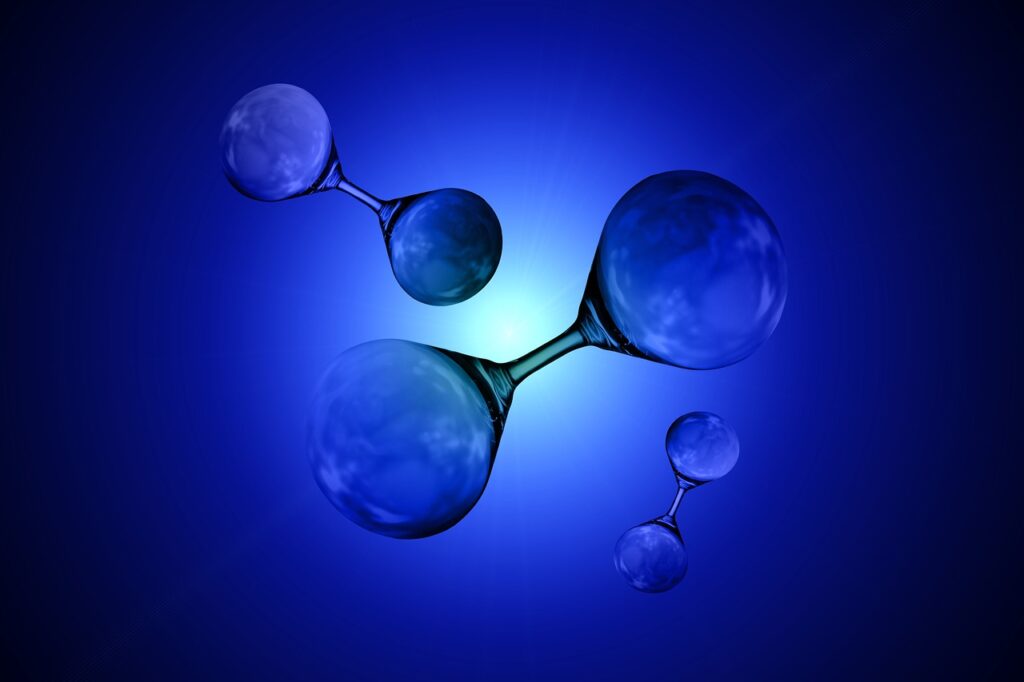Japan’s Kawasaki Heavy Industries is preparing to issue transition bonds, marking a financial commitment to projects revolving around the clean transport and storage of hydrogen, as well as the clean energy utilization of this versatile fuel.
The transition bonds, amounting to ¥10 billion ($68.55 million), will be offered through public offerings domestically in Japan. Scheduled for issuance in February 2024, these bonds come under the funding framework known as ‘Master Framework,’ established by Kawasaki in November 2023. The five-year term of these bonds underlines Kawasaki’s dedication to long-term strategies targeting a reduction in corporate greenhouse gas emissions.
Kawasaki’s ambitious projects include the development of liquefied hydrogen carriers, liquefied hydrogen storage tanks, and hydrogen gas turbines for power generation. These endeavors align with the company’s commitment to carbon neutrality, fostering not only internal decarbonization but also extending the impact to customers, thereby contributing to the global goal of achieving carbon neutrality.
Drawing inspiration from its “Group Vision 2030: Trustworthy Solutions for the Future,” Kawasaki aims to provide innovative solutions promptly, transcending boundaries and embracing new challenges. By employing sustainable finance measures like transition bonds, the company seeks to offer financial support to its initiatives while fostering the adoption of such financing practices globally.
Kawasaki’s recent joint venture agreement with Toyo Engineering Corporation, JGC Corporation, and Chiyoda Corporation underscores its commitment to hydrogen-related ventures. The collaboration aims to enhance the front-end engineering design (FEED) for a liquefied hydrogen supply chain, contributing significantly to Japan’s ambitious goal of achieving carbon neutrality by 2050.
As Kawasaki issues its transition bonds, it not only marks a financial strategy but also positions itself as a key player in the green finance revolution. These bonds are not just financial instruments; they represent a commitment to a sustainable and carbon-neutral future, with hydrogen playing a pivotal role in transforming the energy landscape.


